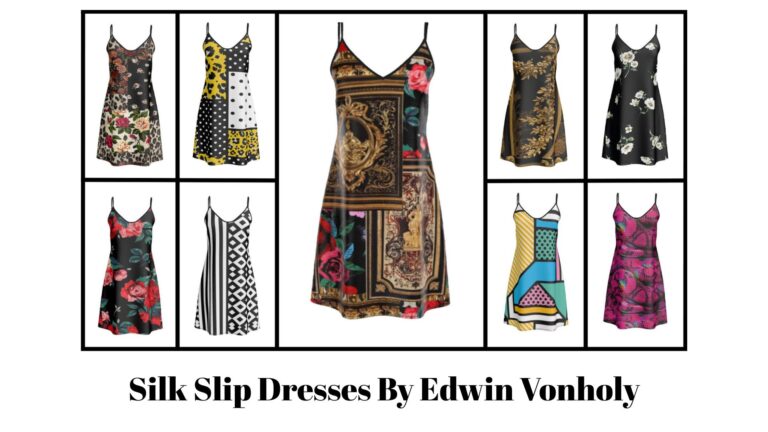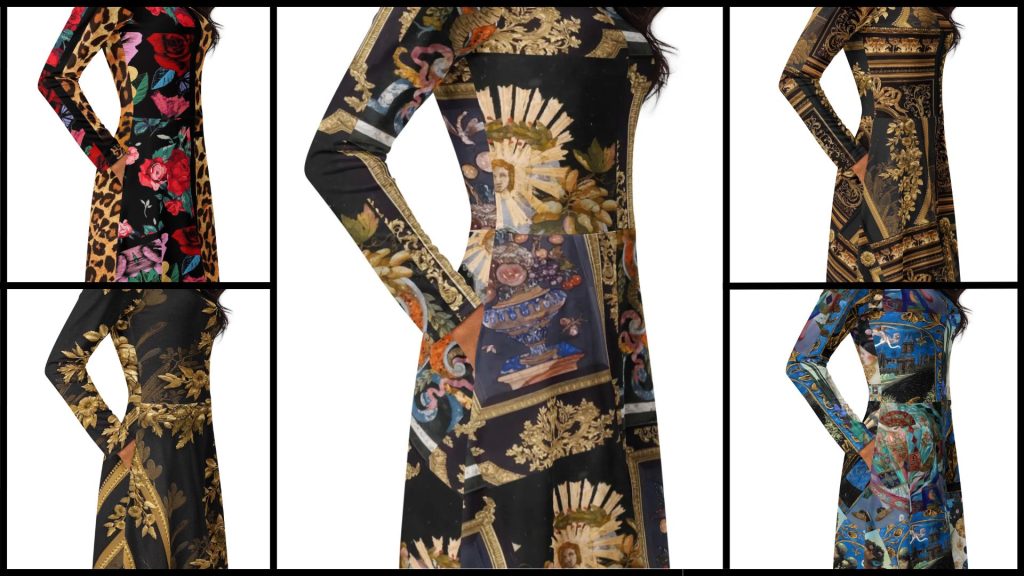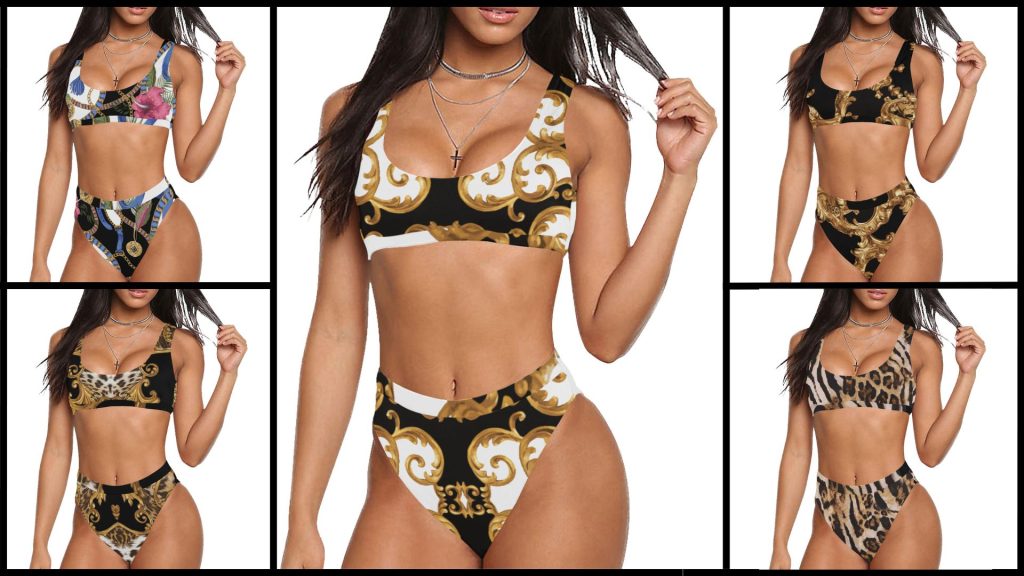Recreating the Regency Era Look: A Beginner’s Guide to Period Fashion
The Regency era, spanning from 1811 to 1820, is renowned for its elegant, minimalist, and graceful fashion. Popularized by the works of Jane Austen, the fashion of the time has inspired countless recreations, from period dramas to modern-day events. If you’re looking to recreate the Regency look, whether for a themed event or just out of admiration for the period, this guide will help you get started. From understanding key elements of Regency fashion to finding or making your own Regency-inspired outfit, this article will walk you through the essentials.
1. Key Features of Regency Era Fashion
The Empire Waistline
The defining feature of Regency-era fashion is the empire waistline, a high waistline placed just below the bust. This design gave dresses a flattering and comfortable fit, especially when compared to the more constricting corsetry of the preceding Georgian era. The empire waistline elongates the body and is especially ideal for creating a graceful silhouette.
Simple, Elegant Silhouettes
Regency dresses were characterized by simple, columnar silhouettes that skimmed the body without excessive volume. The dresses had flowing skirts that fell straight from the waistline, often made from lightweight fabrics like muslin, silk, and cotton. These materials contributed to the ethereal and delicate aesthetic that is a hallmark of Regency fashion.
Short Sleeves and Sheer Overlays
Sleeves during the Regency period were often short and puffed, designed to expose the delicate arms and shoulders. Sheer overlays and fine detailing like lace were sometimes added to give the dress a touch of refinement without overwhelming the simplicity of the design.
The Use of Light, Soft Fabrics
One of the most distinctive elements of Regency fashion was the use of lightweight, breathable fabrics. Muslin, a soft cotton fabric, was particularly popular for day dresses. Silk and satin were used for evening wear or more formal gowns, providing a luxurious look and feel.
2. How to Recreate the Regency Look: A Step-by-Step Guide
Step 1: Choose Your Dress Style
The first step in recreating the Regency look is selecting the style of the dress you want. Here are the main options to consider:
Day Dresses: Simple, practical dresses designed for everyday wear, often made of cotton or muslin. These dresses feature the empire waistline and modest designs.
Ball Gowns: More formal dresses for evening wear or grand events. These dresses are made from luxurious fabrics like silk or satin and often feature delicate embellishments such as lace, ribbons, and embroidery.
Evening Dresses: Similar to ball gowns but often less ornate, these dresses can be a bit more understated and are often worn for dinners or smaller gatherings.
Step 2: Select the Right Fabric
Fabric choice is essential for achieving an authentic Regency look. For a period-accurate dress, consider the following:
Muslin: A lightweight, plain-weave cotton that was frequently used for day dresses in the Regency period.
Silk: A luxurious fabric used for formal evening dresses and ball gowns.
Satin: A smooth, glossy fabric often used for formal occasions.
Cotton: While muslin was most common, cotton fabrics in soft pastels were also popular for Regency dresses.
Choose a fabric that matches the formality of the event you plan to attend and the look you want to achieve. Muslin is a great option for casual or daytime Regency-inspired dresses, while silk and satin are ideal for more formal occasions.
Step 3: Understanding the Fit
The fit of a Regency dress is crucial to achieving an authentic look. The empire waistline should sit just below the bust, and the dress should fall naturally to the floor with little to no flare. The bodice is often close-fitting and might require a bit of tailoring for the best fit. When making or purchasing a Regency dress, ensure it complements your body shape while maintaining the signature silhouette of the period.
Step 4: Accessorizing Your Regency Dress
Accessories were essential to completing a Regency-era outfit. Here are some key accessories to consider:
Gloves: Long, white silk gloves were commonly worn with formal gowns, while shorter gloves were appropriate for daywear.
Jewelry: Regency-era jewelry was often subtle but elegant. Think pearl necklaces, cameo brooches, and simple gold earrings.
Hats and Bonnets: Regency women often wore bonnets or small, decorative hats. A bonnet with ribbons and lace adds an authentic touch to a Regency outfit.
Footwear: Shoes during the Regency period were generally flat or with a small heel. Look for ballet flats or slippers with delicate details to match the style.
Step 5: Hairstyling
Hairstyles in the Regency era were sophisticated yet simple. Women often styled their hair in soft curls or elegant updos. Popular styles included the “Greek Revival” look, with hair pulled back and styled into a chignon, or soft curls cascading to the shoulders. You can achieve this look by curling your hair with a flat iron or using hairpieces and wigs designed for Regency styling.
For an easy and elegant look, try curling the front of your hair while leaving the back in soft waves or an updo. Regency-era women also often used hair combs and ribbons to keep their hairstyles in place, so don’t forget to add these finishing touches.
3. Where to Find Regency-Inspired Dresses
Online Stores and Specialty Shops
If you’re looking for ready-made Regency-era dresses, there are several places to shop:
Etsy: Many independent sellers offer Regency-inspired dresses, both ready-made and custom orders.
Amazon: Some sellers on Amazon offer Regency-era-style dresses and accessories.
Historical Costume Shops: Many online shops specialize in period costumes, including Regency dresses for balls and themed events.
Vintage Shops: While it’s rare to find authentic Regency dresses, some vintage shops carry gowns that might fit the bill.
Tailoring and Custom Designs
If you want a truly unique and period-accurate dress, consider having one made or tailored. Look for costume designers who specialize in historical garments, or find a local seamstress who can help you create the perfect Regency dress. You’ll be able to select your fabric and pattern, ensuring the dress is tailored to your exact measurements.
4. Making Your Own Regency Dress: A DIY Approach
Materials You’ll Need
To create your own Regency dress, you’ll need a few basic materials:
Pattern: Look for a Regency-era dress pattern from fabric stores or online retailers like Simplicity or McCall’s.
Fabric: Muslin, cotton, or silk, depending on your preference and the type of dress you want to create.
Sewing Supplies: Scissors, sewing machine, thread, pins, and a measuring tape.
Trims and Embellishments: Lace, ribbons, and simple embroidery can enhance the elegance of your dress.
Step-by-Step Process
Choose your pattern: Select a pattern that matches the Regency look. Patterns usually include options for sleeves, bodice designs, and skirt shapes.
Prepare your fabric: Wash and iron your fabric before cutting out your pattern pieces.
Sew the dress: Follow the pattern instructions to assemble the dress, focusing on constructing the bodice and empire waistline.
Add the finishing touches: Once your dress is complete, add accessories like ribbons, lace, and buttons to elevate the look.
Tips for DIY Success
If you’re new to sewing, consider starting with a simpler design to get comfortable with the process before tackling a more intricate gown.
Use a muslin mock-up before cutting into your fabric to test the fit and make adjustments as needed.
Don’t rush – creating a Regency-era dress takes time, and attention to detail is key to achieving an authentic look.
5. Where to Wear Your Regency-Inspired Dress
Regency dresses are perfect for a variety of occasions:
Historical Balls and Reenactments: Regency-inspired balls and historical reenactments are the ideal setting to showcase your dress.
Themed Parties: Jane Austen-themed events, like birthday parties or book clubs, are great opportunities to wear a Regency dress.
Weddings: Many brides choose Regency-style gowns for their vintage-themed weddings or as part of a historical wedding theme.
Conclusion
Recreating the Regency era look can be a fun and rewarding way to immerse yourself in the elegant fashion of the early 19th century. Whether you’re buying a pre-made dress, tailoring your own, or attending a period event, the key to capturing the essence of Regency fashion is simplicity, elegance, and attention to detail. By focusing on the signature features of the period, like the empire waist, soft fabrics, and minimal embellishments, you can easily create a stunning Regency-inspired look for any occasion.





